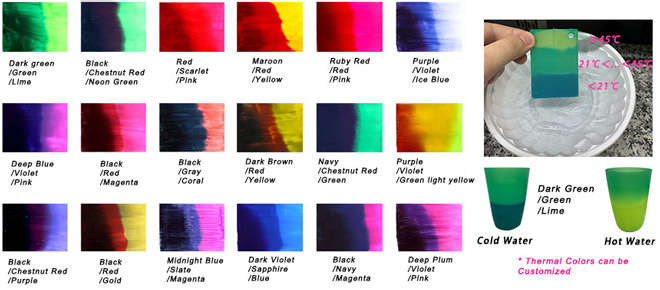
Fornecedor de pigmento em pó de brilho fosforescente de aluminato de estrôncio roxo
O pigmento fosforescente roxo iSuoChem®, que é um tipo de pó de armazenamento de energia, é certificado pela SGS, ISO17514, DIN67510 Parte 1-4.
Read More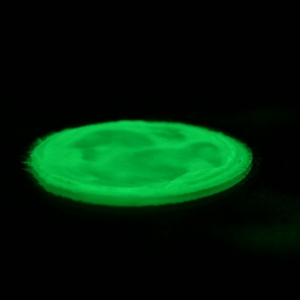
dt pigmento fluorescente verde de coloração luminescente
pó de armazenamento de energia, isuochem & reg; O pigmento luminoso brilha no escuro depois de absorver a luz visível diferente e pode reutilizar repetidamente. Certificados de sgs, iso17514, din67510 parte 1-4 estão disponíveis.
Read MoreCerâmica fotoluminescente azul esverdeada brilha no pigmento escuro
O pigmento fotoluminescente fluorescente iSuoChem® brilha na cor azul-esverdeada no escuro depois de absorver luz visível diferente e pode ser reutilizado repetidamente.
Read More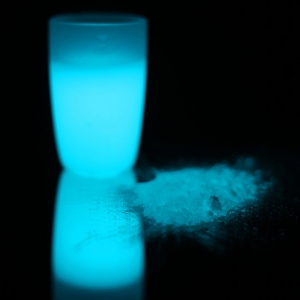
Atacado de aluminato de estrôncio azul esverdeado brilho no pó escuro
O pó iSuoChem® brilha no escuro brilha com luz azul-esverdeada no escuro depois de absorver diferentes luzes visíveis e pode ser reutilizado repetidamente.
Read MoreBase de mica esterlina de rutilo fino fabricante de pigmento pérola branca prata
Registro REACH, SGS, certificação ISO, baixo teor de metais pesados, consistência de cor de 95% min, teste de tamanho de partícula Malvern, teste de cor e brilho X-RITE, teste QUV, para garantir boa qualidade do pigmento perolado.
Read More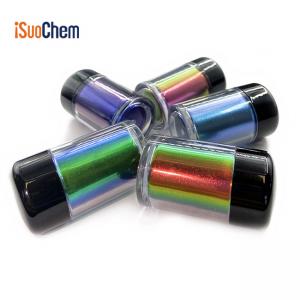
Pigmento multicromático de mudança de cor de metal refrativo iSuoChem
Os pigmentos multicromáticos iSuoChem® são um tipo especial de pigmento que tem a propriedade de mudar de cor conforme a luz muda.
Read More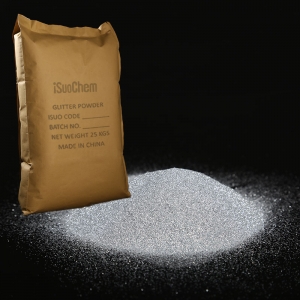
Pó de glitter em massa prateado espumante hexágono
O pó de glitter iSuoChem® YS1001 Silver Sparkling está em conformidade com SGS, REACH, OEKO-TEXT Standard 100, formaldeído livre, bisfenol A livre, resistente a solventes, resistente a altas temperaturas, cores da moda, vários pós de glitter para sua escolha.
Read More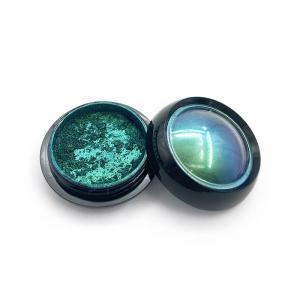
Pigmento lnk mutável óptico de alta intensidade de cor roxo/martim-pescador/azul
O pigmento de segurança iSuoChem® HC17 é um tipo de pigmento de tinta óptica mutável (OCIP) , pigmento opticamente variável (OVP) e pigmento magnético opticamente variável (OVMP) .
Read More





 +86 13965049124
+86 13965049124
 português
português  English
English français
français русский
русский italiano
italiano español
español العربية
العربية 한국의
한국의 ไทย
ไทย Tiếng Việt
Tiếng Việt